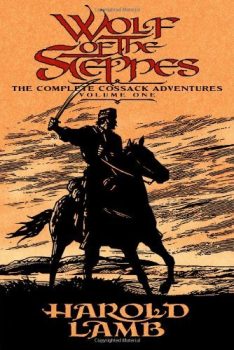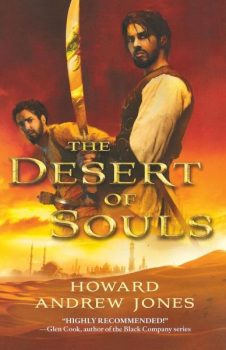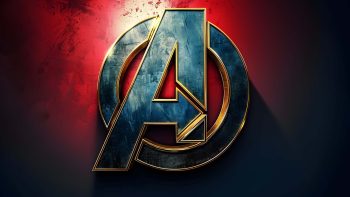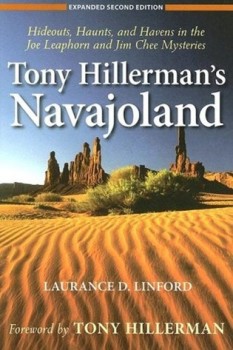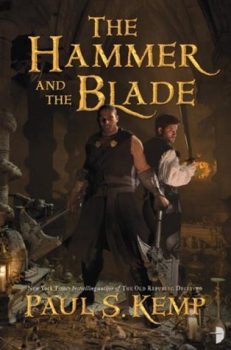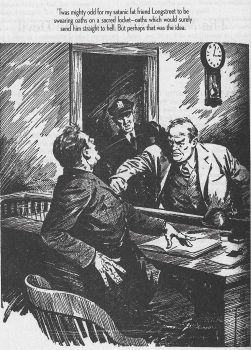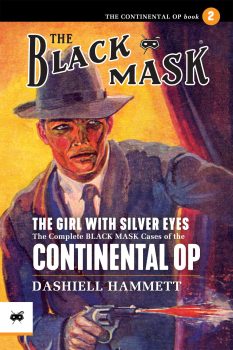All My Robert E. Howard Essays (October 2024)
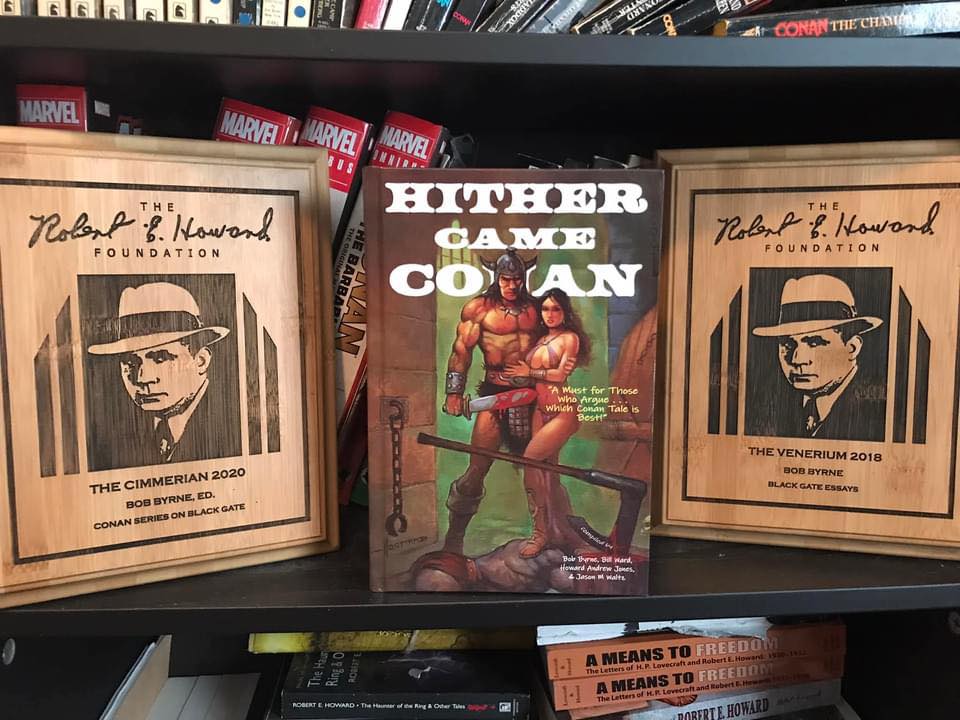 I am the in-house mystery guy (that’s how I hoodwinked John O’Neill into giving me a weekly column). Ten years later, he’s still trying to configure the Firewall to keep me from getting up my Monday morning post! I organized the Discovering Robert E. Howard, and Hither Came Conan series’ here at Black Gate. And contributed, of course. That’s the advantage of being in charge of them!
I am the in-house mystery guy (that’s how I hoodwinked John O’Neill into giving me a weekly column). Ten years later, he’s still trying to configure the Firewall to keep me from getting up my Monday morning post! I organized the Discovering Robert E. Howard, and Hither Came Conan series’ here at Black Gate. And contributed, of course. That’s the advantage of being in charge of them!
Robert E. Howard is my second-favorite writer (trailing only the terrific John D. MacDonald), and I’ve written over two dozen essays related to him here at Black Gate. With more to come, of course. I posted my second Kirby O’Donnell post in last month, and I’m working on my second spicy tales post.
I came late to Howard. I have loved mythology since grade school. The Iliad remains one of my all-time favorite stories, and I have a copy of Schleimann’s Ilios. That led me to Dungeons and Dragons in middle school, and I know I was reading The Lord of the Rings somewhere around the 8th grade. I was a fantasy fan for life.
I bought the first Ace Conan paperback, but it sat on my shelf, unread. Not sure why. I know I read David C. Smith’s Oron, but not that one. As my son was playing with the Thomas the Train layout in the kids section of Barnes and Noble one day, I started reading the first Dely Rey Conan book. I read that the next time we were there. And I bought it. And Robert E. Howard would move up the ranks of my favorite writers, as I bought more Del Reys.
Conan and El Borak are about even at the top, and then Solomon Kane. But I just continued to like Robert E. Howard, more and more.
Here are all of my own Robert E. Howard-related essays here at Black Gate. A couple are pretty good, I think. Mostly in the first two sections below. Check out a couple, please. By Crom!
